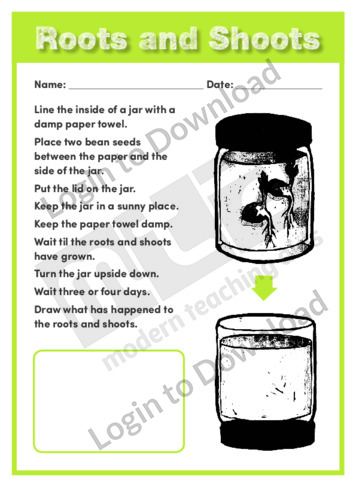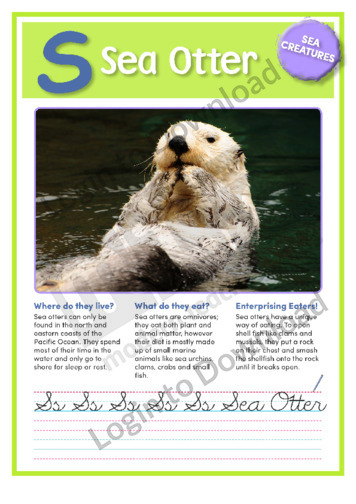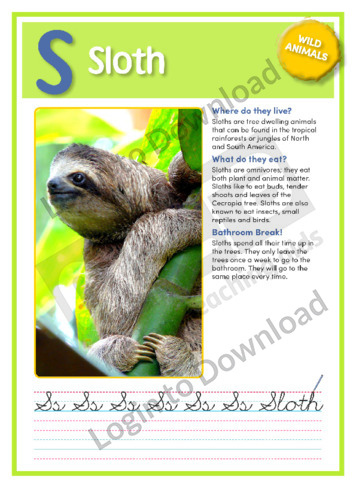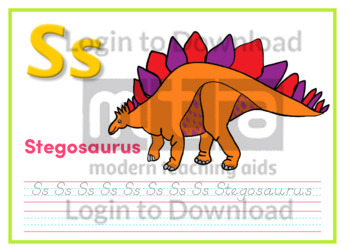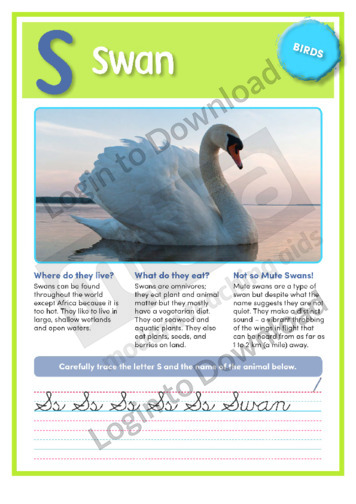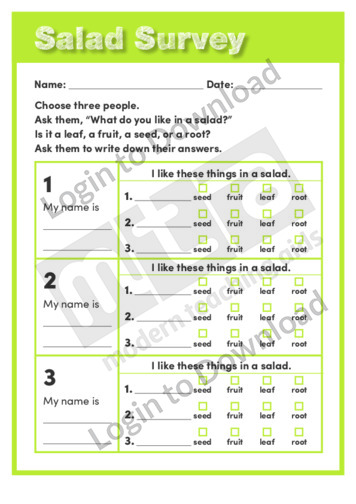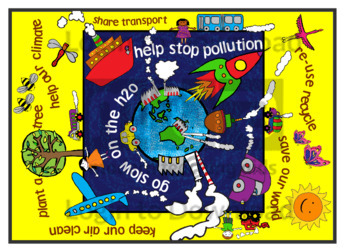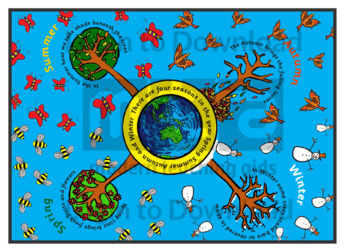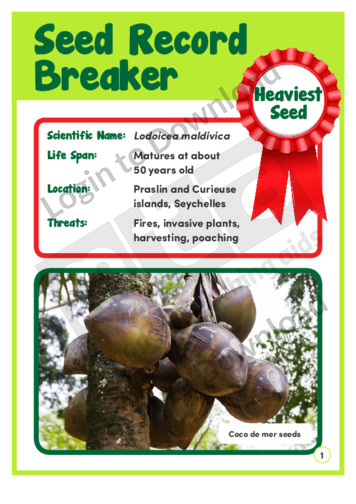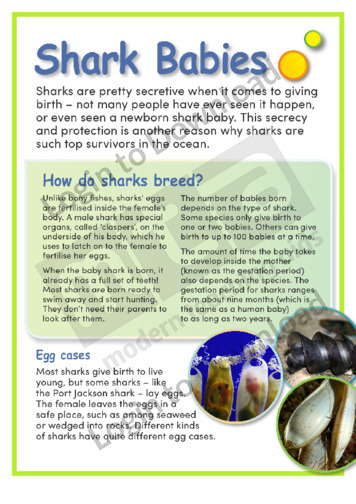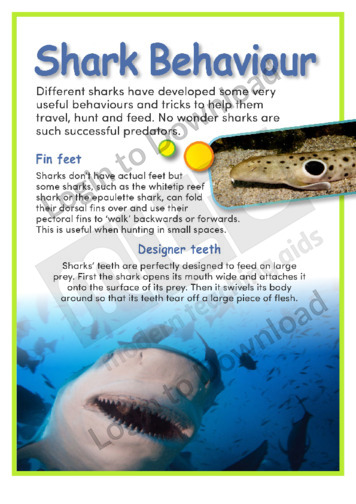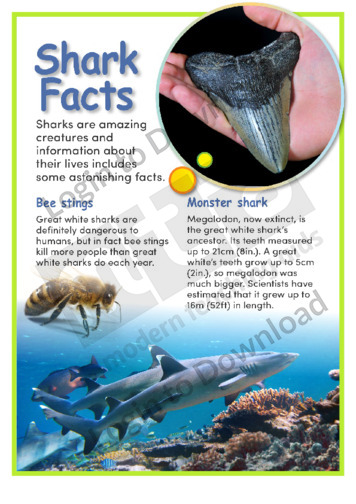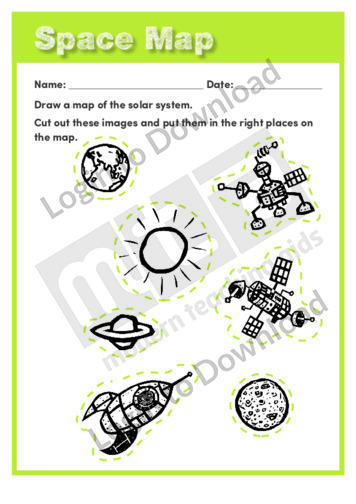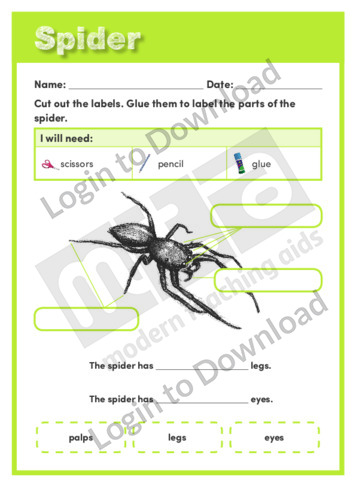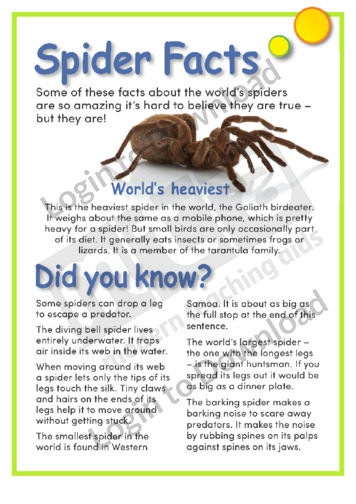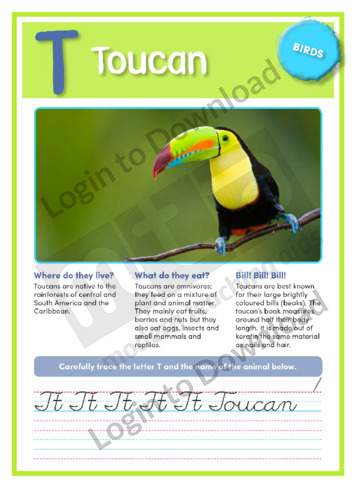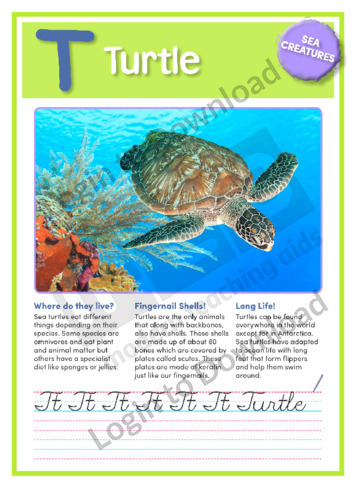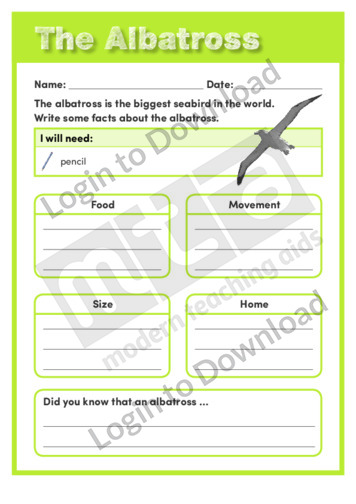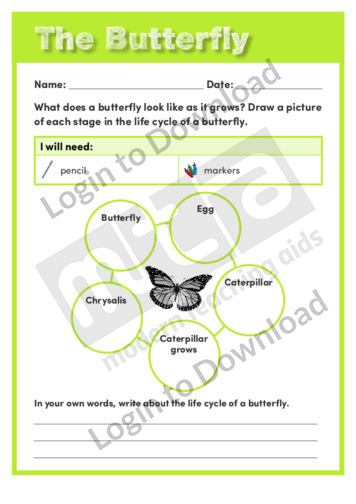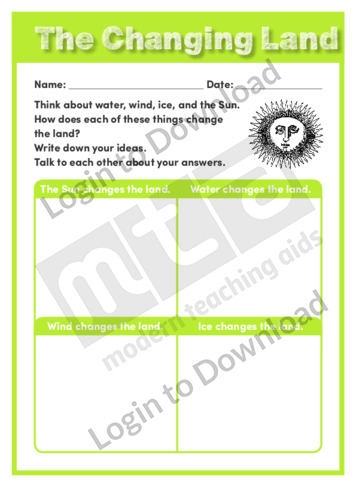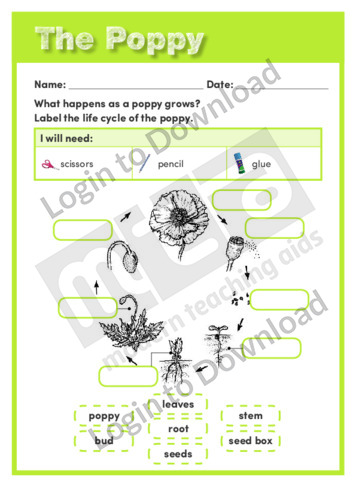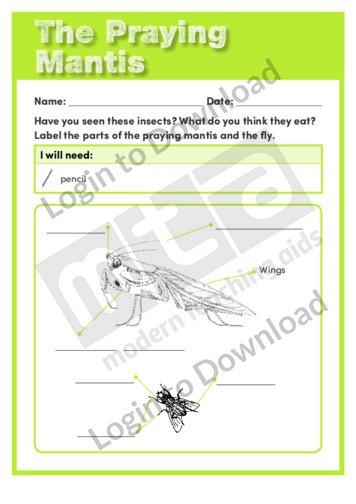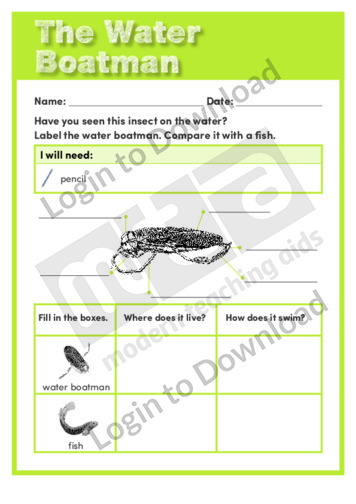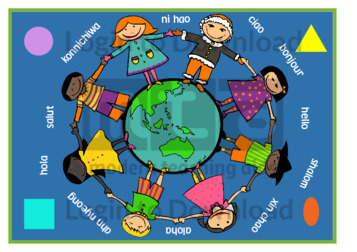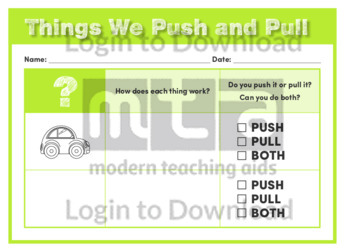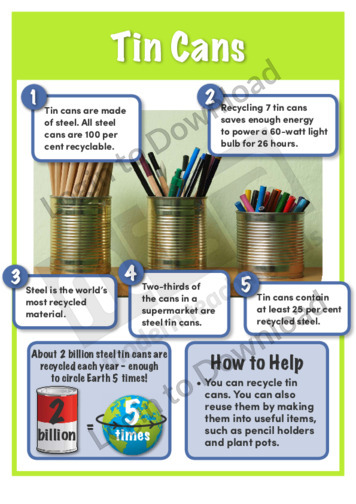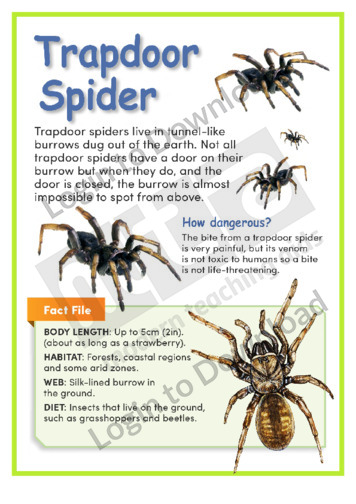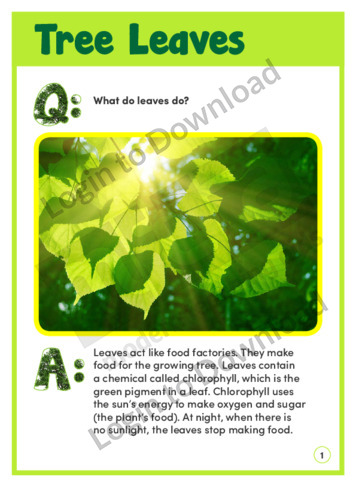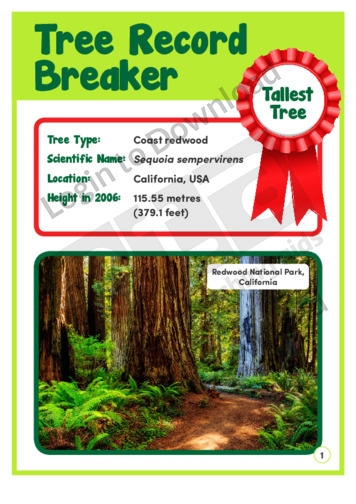This article, ‘Redback Spider’, provides information about this spider’s habitat, life cycle, diet and behaviour. It includes a detailed Fact File of statistics and also displays full-colour close-up photographs of the spider. A quick-reference list provides advice for first-aid in case of a bite.
This science article, ‘Rock Formations’ features the rocky formations that ocean waves can erode and create. It provides factual information about sea caves, sea arches and sea stacks. It is aimed at broadening students’ scientific and geographical awareness in an engaging manner.
This life science worksheet, ‘Roots and Shoots’ provides students with an experiment to observe the way seeds grow. It supports an understanding of plants.
This science article, ‘Rubber Tyres’ features five facts about the environmental effects of rubber tyres on planet Earth. It provides factual information about rubber tyres, as well as ways to help lessen their impact on the environment. It is aimed at broadening students’ scientific and environmental awareness.
This short nonfiction text, ‘S: Sea Otter’ provides factual information about the Sea Otter, exploring where they live, what they eat and other interesting facts.
This short nonfiction text, ‘S: Sloth’ provides factual information about the Sloth, exploring where they live, what they eat and other interesting facts.
This Animal Alphabet, ‘S: Stegosaurus’ is a Dinosaur themed worksheet that provides opportunities for handwriting practice.
This short nonfiction text, ‘S: Sugar Glider’ provides factual information about the Australian animal the Sugar Glider.
This short nonfiction text, ‘S: Swan’ provides factual information about the Swan, exploring where they live, what they eat and other interesting facts.
This life science worksheet, ‘Salad Survey’ asks students to carry out a survey to determine what people like in their salads. It supports an understanding of plants and nutrition.
This full colour ‘Save the World’ illustration can be reproduced for classroom use. It features pictures of some of the most common positive and negative environmental issues and messages and is a fun and educational addition to a classroom display encouraging students to be aware of their impact on the environment.
This full colour ‘Seasons’ illustration can be reproduced for classroom use. It features pictures and descriptions to represent each of the different seasons and is a fun and educational addition to a seasons or weather themed classroom display.
This science article, ‘Seed Record Breaker’ features the coco de mer seed. It provides information about this seed, which is the heaviest and largest seed in the world, and is aimed at broadening students’ scientific awareness in an engaging manner.
This life science worksheet, ‘Seeds and Water’ provides students with an experiment to determine how much water seeds need. It supports an understanding of plants.
This article, ‘Shark Babies’, provides information about sharks’ breeding and egg-laying habits, live births, the number of pups born and threats to young. It includes full-colour photographs of various egg cases and different shark species.
This article, ‘Shark Behaviour’, provides information about sharks’ range of habitats, blood temperature, design of teeth and camouflage. Full-colour photographs illustrate the details.
This article, ‘Shark Facts’, provides information about different species’ teeth size, colouring, lifespan and swimming and hunting techniques. It includes full-colour photographs of different species showing appearance and habitat.
This article, ‘Shark Superpowers’, provides information about sharks’ sensory powers including electroreception, hearing, sight and smell. Full-colour photographs illustrate details of different sensory organs.
This article, ‘Sharky Shapes’, provides information about the different shapes of various shark species and how they swim. It displays illustrations of different shark species in full colour with informative annotations and detailed descriptions.
This physical science worksheet, ‘Slow Down a Marble’ provides opportunities for students to experiment with different ways of slowing down the movement of a marble.
This worksheet, ‘Sources of Waste’ is a great resource that helps students research the different sources of waste. For some students waste may only be thought of as household rubbish. This graphical organiser helps to expand their thinking to recognise all sources of waste and prompt discussions into how much waste humans produce.
This Earth Science worksheet, ‘Space Map’ asks students to imagine where some objects might be found in space. It supports an understanding of the solar system.
This life science worksheet, ‘Spider’ asks students to label the parts of a spider and record how many legs and eyes it has. It supports an understanding of animals.
This article, ‘Spider Bite!’, provides general information about identification, spider bites, venom and first aid. Three dangerous species are described and are displayed in full-colour photographs.
This article, ‘Spider Facts’, provides information about a range of spiders’ size, habitat, behaviour and diet. It includes information on the world’s largest and smallest spiders.
This article, ‘Spiders on the Menu’, provides information about who and what eats spiders. Illustrated with full-colour photographs.
This article, ‘Spinning Webs’ provides information about spiders’ webs, how they make them and their uses. It includes full-colour photogrpahs of different styles of web and the insects trapped in them.
This physical science worksheet, ‘Sticky Magnets’ supports students to test, observe and record the way items react to a magnet. It supports an understanding of magnets.
This life science worksheet, ‘Sweet and Sour’ asks students to describe how they feel about sweet and sour tastes. It supports an understanding of the properties of materials.
This short nonfiction text, ‘T: Tasmanian Devil’ provides factual information about the Australian animal the Tasmanian Devil.
This short nonfiction text, ‘T: Tiger’ provides factual information about the Tiger, exploring where they live, what they eat and other interesting facts.
This short nonfiction text, ‘T: Toucan’ provides factual information about the Toucan, exploring where they live, what they eat and other interesting facts.
This short nonfiction text, ‘T: Turtle’ provides factual information about the Turtle, exploring where they live, what they eat and other interesting facts.
This Animal Alphabet, ‘T: Tyrannosaurus’ is a Dinosaur themed worksheet that provides opportunities for handwriting practice.
This life science worksheet, ‘The Albatross’ supports students to write facts about these huge birds. It supports an understanding of animals.
This life science worksheet, ‘The Butterfly’ supports students to explore the life cycle of a butterfly. It supports an understanding of life cycles.
This Earth Science worksheet, ‘The Changing Land’ asks students describe changes that can be made on the land by sun, water, wind and ice. It supports an understanding of geological changes.
This science article, ‘The Moving Ocean’ features why and how the ocean is always in motion! It provides factual information about ocean currents and waves. It is aimed at broadening students’ scientific and geographical awareness in an engaging manner.
This science article, ‘The Oceans’ introduces the world or global ocean. It provides factual information about ocean water and the five oceans that make up the global ocean. It is aimed at broadening students’ scientific and geographical awareness in an engaging manner.
This life science worksheet, ‘The Poppy’ asks students to identify and label a flower’s life cycle. It supports an understanding of life cycles.
This life science worksheet, ‘The Praying Mantis’ asks students to label parts of an insect. It supports an understanding of animals.
This full colour ‘The Solar System’ illustration can be reproduced for classroom use. It shows the size and location of the features of our solar system with descriptions of the planets around the picture’s border and is a fun and educational addition to a space themed classroom display.
This life science worksheet, ‘The Sunflower’ supports students to identify the changes in a flower over a day. Students record times and drawings of the sunflower. It supports an understanding of plants.
This life science worksheet, ‘The Water Boatman’ asks students to label the parts of the insect then compare its habitat with a mudfish. It supports an understanding of animals.
This full colour ‘The World’ illustration can be reproduced for classroom use. It depicts children from a variety of countries saying ‘Hello’ in their native languages and is a fun and educational addition to a classroom display to promote international cultural awareness.
This physical science worksheet, ‘Things We Push and Pull’ asks students to determine the forces used to make a variety of objects move.
This science article, ‘Tin Cans’ features five facts about the environmental effects of tin cans on planet Earth. It provides factual information about tin cans, as well as ways to help lessen their impact on the environment. It is aimed at broadening students’ scientific and environmental awareness.
This physical science worksheet, ‘Tools that Help Us’ asks students to identify and write about everyday objects. It supports an understanding of simple machines.
This article, ‘Trapdoor Spider’, provides information about the trapdoor spider’s habitat, life cycle, diet and behaviour. It provides a detailed Fact File of statistics and also displays full colour close-up photographs of the spider and its burrow.
This science article, ‘Tree Homes’ features animals that use tree holes. It provides information about woodpeckers, squirrels and racoons and is aimed at broadening students’ scientific awareness in an engaging manner. A quick quiz on tree homes is provided.
This science article, ‘Tree Leaves’ explains the role of a tree’s leaves. It provides information about leaf shape, structure and function and is aimed at broadening students’ scientific awareness in an engaging manner. A quick quiz on tree leaves is provided.
This science article, ‘Tree Life Cycles’ explains the different stages in a tree life cycle. It provides information about seeds, seedlings, saplings and snags and is aimed at broadening students’ scientific awareness in an engaging manner. A quick quiz on tree life cycles is provided.
This science article, ‘Tree Record Breaker 1′ features the world’s oldest living tree. It provides information about the bristlecone pine called Methuselah and is aimed at broadening students’ scientific awareness in an engaging manner.
This science article, ‘Tree Record Breaker 2′ features the world’s tallest living tree. It provides information about this giant tree called Hyperion and is aimed at broadening students’ scientific awareness in an engaging manner.
This science article, ‘Tree Roots’ explains the role of a tree’s roots. It provides information about different kinds of roots and is aimed at broadening students’ scientific awareness in an engaging manner. A quick quiz on tree roots is provided.
This science article, ‘Tree Seeds’ explains the parts of a seed. It provides information about what seeds need to grow and how they spread and is aimed at broadening students’ scientific awareness in an engaging manner. A quick quiz on tree seeds is provided.
This science article, ‘Tree Shapes’ explains the different shapes of trees. It provides information about how trees are shaped and how their shape suits their lifestyle and is aimed at broadening students’ scientific awareness in an engaging manner. A quick quiz on tree shapes is provided.
This science article, ‘Tree Treasures’ explains the different treasures that trees provide, such as oils, resins, dyes, food, fibres and wood. It provides information about raffia fibres and maple syrup and is aimed at broadening students’ scientific awareness in an engaging manner. A quick quiz on tree treasures is provided.
It�s that easy!



